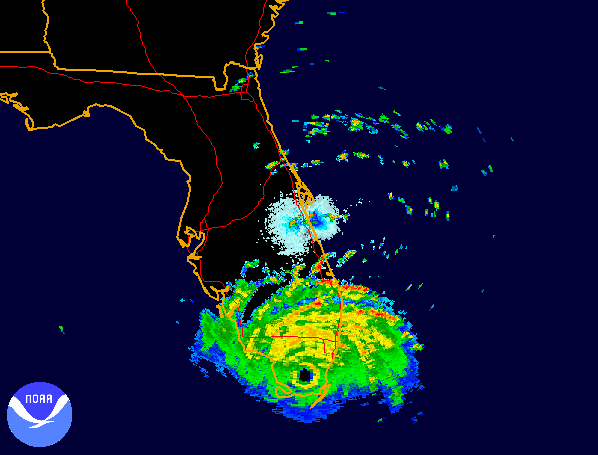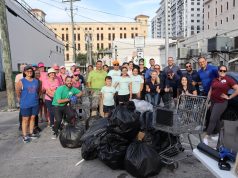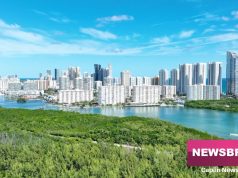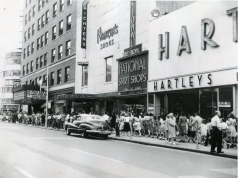Over the past two decades, a string of apocalyptic storms have crashed into shore towns across the United States. The seemingly back-to-back-to-back hurricanes may seem like the world is ending, but there is a scientific explanation of this phenomenon (and no, it’s not only climate change).
South Florida is currently in what the National Oceanic and Atmospheric Administration (NOAA) calls an Atlantic High-activity era.
The Atlantic Multi-Decadal Oscillation (AMO) cycle swings between extended periods typically lasting 20-40 years of warm and cool phases in North Atlantic Ocean temperatures. The atmospheric conditions that allow for the AMO warm phase create the perfect storm for a heightened Atlantic Hurricane Season.
And that is exactly what is happening. NOAA predicts the 2022 season will be an above-average hurricane season. And if they are correct in their predictions, this will be the seventh consecutive above average hurricane season
“When it comes to hurricane seasons they’ve gone in a cycle,” Erik Salna of Florida International University’s (FIU) Extreme Events Institute (EEI) said. “Thirty years where there’s lots of storms and 30 years where there’s fewer storms.”
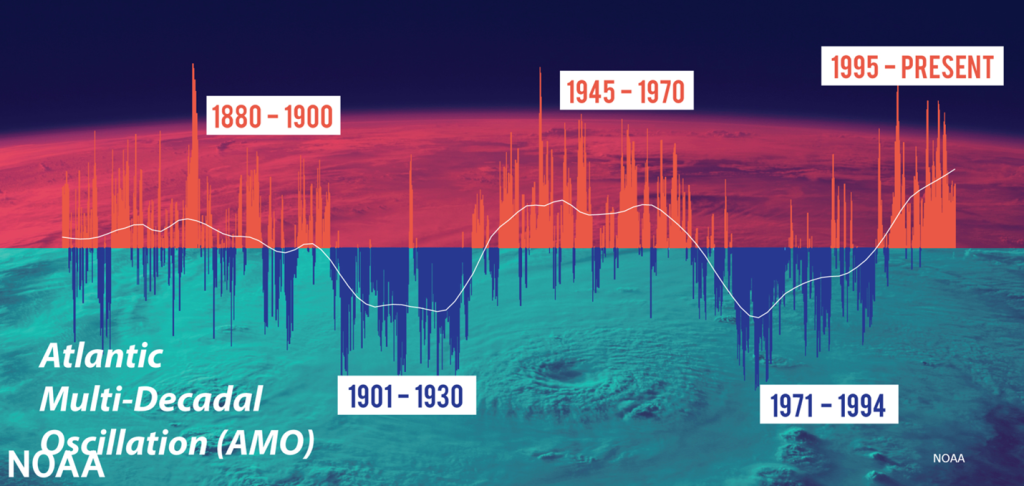
This naturally occurring cycle mimics a rising and falling chest. The earth taking a deep breath, filling our atmosphere with massive cyclones for 30 years or so and then allowing its chest to fall into a period of calm.
The most recent cycle began 27 years ago in 1995. This is where Salna says we flipped a switch and the storms started coming. And since that flip of a switch, there have been a total of 15 Category 5 storms (157 mph or more) so far in this cycle. In the 30 years prior to that, only seven category 5 storms formed in the Atlantic.
Salna explains what happens when we go into a quieter phase because of less West African monsoons (a major wind system that affects West African regions which provides “seedlings” for Atlantic hurricane development). “It’s not like we don’t have any hurricanes, just fewer.”
And it is possible to see major storms in the inactive cycle. Notably the Labor Day Hurricane of 1935 is the most intense hurricane to ever hit the United States, and it struck during an inactive cycle.
However, this most recent cycle has been intense, to say the least.
In 2005, the Atlantic Hurricane season was the most active ever, with 15 storms becoming hurricanes and seven of those becoming major hurricanes (Category 3 or above). 2005 saw four Category 5 storms: Emily, Katrina, Rita, and Wilma.
Fifteen years later, the 2020 Atlantic Hurricane season dethroned 2005. With 30 named storms, it became the most active hurricane season ever. Seven of those became major hurricanes, a tie with 2005.
Despite the 2020 record-shattering season it was the first time since 2015 that no Category 5 storms developed.
“We are in active cycle,” Salna said. “That’s why it looked like the world is ending.”
Experts are curious of how the next inactive season will play out due to a sharp rise in sea level and atmospheric temperatures. Sea surface temperatures have been consistently higher the past three decades than at any other time since reliable observations began in in 1880.
Sea surface temperatures since 1900.
Salna points to what may happen next, and the role climate change will or will not play in the next inactive cycle (which should begin in 2025).
“If we go into this quieter phase, will the numbers stay up a little bit because of climate change,” he said. “Or will the numbers go back down, and some skeptics may say look there is no climate change?”
Only time will be able to tell us how hurricanes will behave over the next inactive cycle, but science tells us AMO is a naturally occurring cycle that has proven to bring disastrous storms in 30-year bursts. And 2022 is year 27.


























